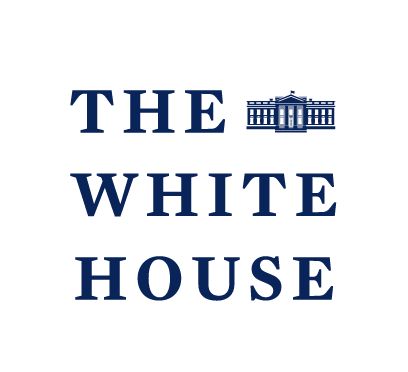Untitled Story
HackerNoon Writer
 byThe White House@whitehouse
byThe White House@whitehouseThe White House is the official residence and workplace of the president of the United States.
The White House is the official residence and workplace of the president of the United States.